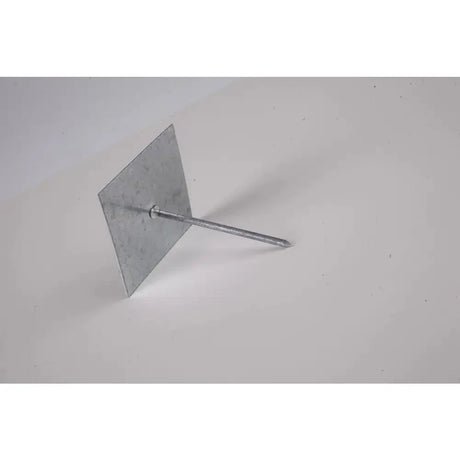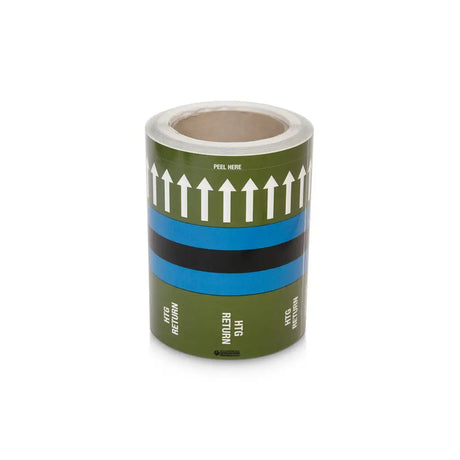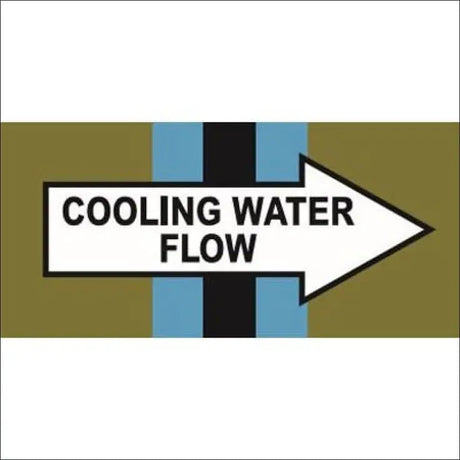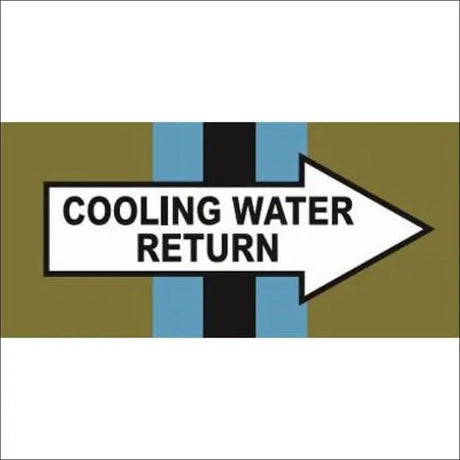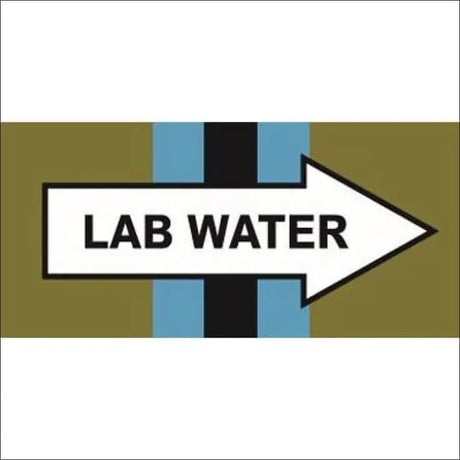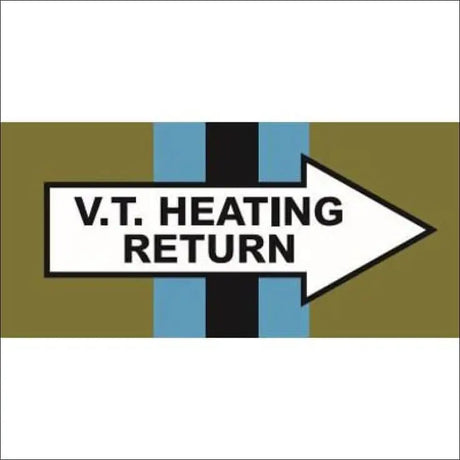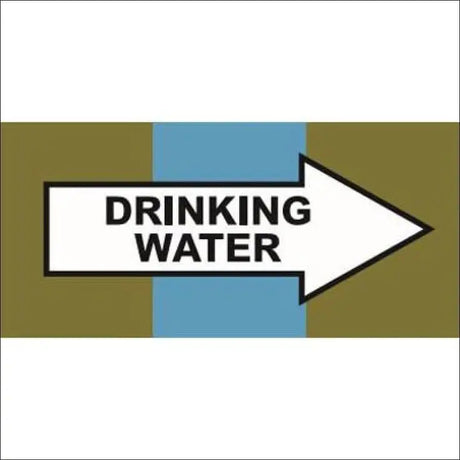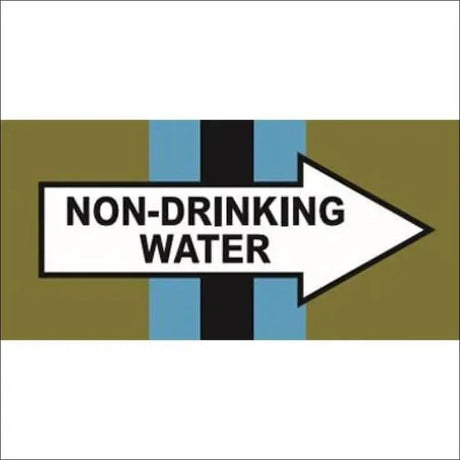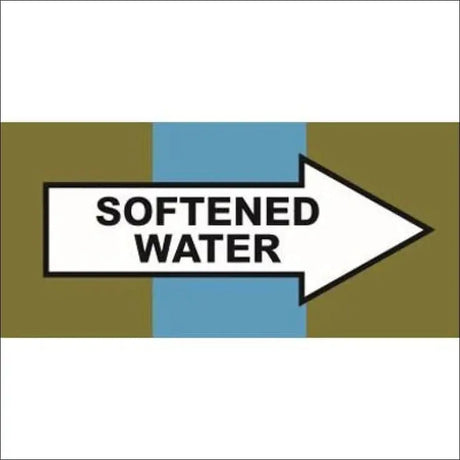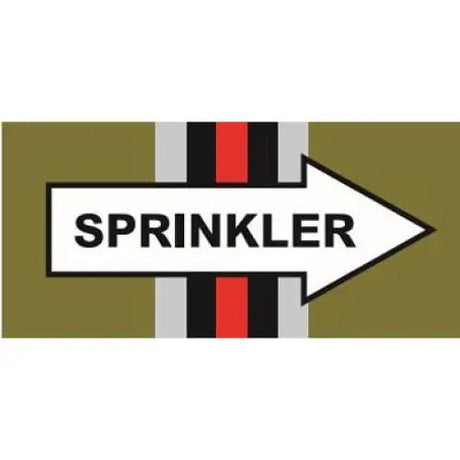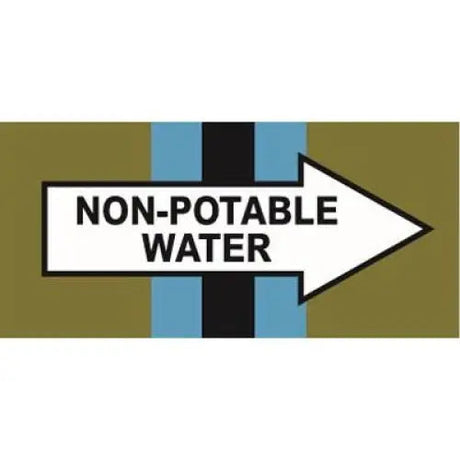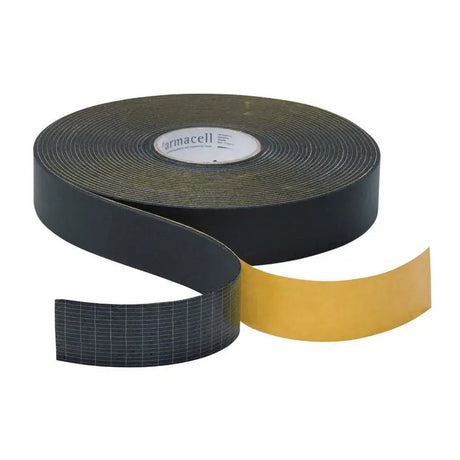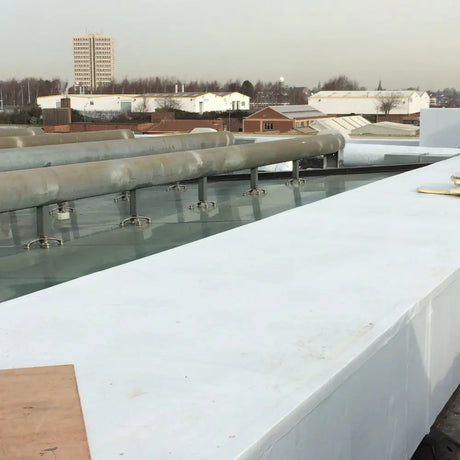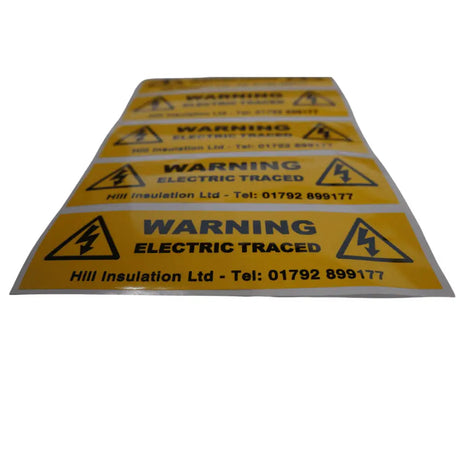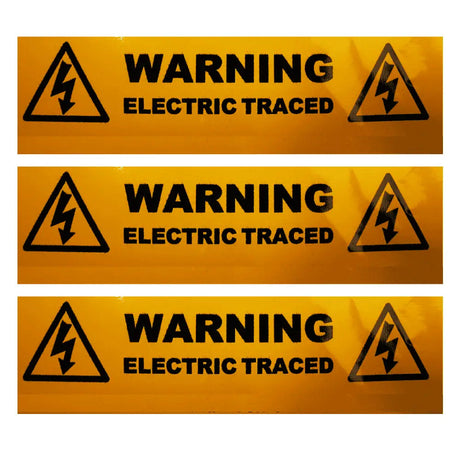Safety Guidelines for Mastics
Introduction
When it comes to construction and repairs, mastics are like the unsung heroes, binding things together quietly yet effectively. But what exactly are mastics, and why should we handle them with care? Simply put, mastics are adhesive sealing materials with an impressive ability to bond and seal. They are widely used in various industries, from plumbing to insulation work, sealing everything from ducts to windows. But as with any powerful substance, safety is paramount. After all, mishandling these sticky allies can lead to sticky situations—or worse.
Understanding Mastics
Definition and Primary Components
Mastics are not your everyday glue. They are viscous, semi-liquid materials made of organic compounds and sometimes inorganic fillers. These sticky concoctions are specially formulated to provide strong adhesion and sealing properties, making them irreplaceable in many trades. They are like the Swiss Army knives of sealants, adaptable and reliable.
Different Types and Uses
From the mastic that helps seal your bathroom tiles, to high-temperature mastics that can withstand the blazing heat of industrial applications, there's a variety for every job. You'll find mastics tailored for vapour barriers, specifically designed to prevent moisture from playing havoc with your walls (vapour barriers) and types for pipe and duct lagging that keep everything insulated and functioning smoothly (adhesive glue, tape, pipe, duct lagging).
Properties and Safety Risks
Despite their usefulness, mastics can be a bit of a double-edged sword. Their chemical composition means they can be hazardous if not handled correctly. Some contain solvents that emit fumes, while others may have components that are irritants or even toxic. It's a sticky situation, but with the right knowledge, a safe one too.
Potential Health Hazards
Inhalation Hazards
Breathing in the fumes from mastics isn't like inhaling the fresh countryside air. Some mastics, especially solvent-based ones, can release volatile organic compounds (VOCs) into the air. These can cause everything from a headache to more serious respiratory issues.
Contact Hazards
Ever had that annoying moment when you can't get sticky residue off your hands? Now imagine that with a side of skin irritation. That's what can happen if mastics come into contact with your skin, particularly if you're dealing with a type that's a known skin irritant.
Risks of Ingestion
Although it sounds unlikely, accidental ingestion can happen, particularly if there's a lapse in safety protocols. Eating or swallowing mastics – even in tiny amounts – can lead to serious health complications. It's one meal you definitely want to skip.
Personal Protective Equipment (PPE)
Importance of PPE
Just like knights don their armour, workers should gear up with the right PPE when facing the battlefield of construction and repair. It’s your first line of defence against the potential hazards of mastics.
Recommended PPE
Whether you're handling a standard mastic or a special variety designed for extreme conditions, such as high-temp mastics (high-temp mastics), you need to suit up properly. This might include gloves, goggles, and even a respirator – think of it as your safety suit of armour.
Fit and Maintenance
But donning PPE isn’t enough; it’s also critical to ensure that it fits snugly and is in good nick. Ill-fitting or damaged PPE is about as useful as a chocolate teapot – not very.
Safe Handling and Storage
Proper Techniques
Handling mastics isn't rocket science, but it does require a bit of know-how. Using tools designed for mastic application can prevent direct contact and reduce the risk of spills and splashes. It’s about being careful and clever at the same time.
Storage Guidelines
Storing mastics isn't like tucking away your winter clothes for the season. They often need specific conditions to prevent them from deteriorating or becoming safety hazards. Cool, dry places out of direct sunlight are typically the way to go.
Manufacturer's Instructions
If mastics came with a motto, it'd probably be "Read the instructions!" The manufacturer's guidelines are your go-to for ensuring that you're handling and storing these materials safely and effectively.
Ventilation Requirements
Importance of Ventilation
Working with mastics in a stuffy room is a bit like painting with the windows closed – not a breath of fresh air in sight. Adequate ventilation helps clear those potentially harmful fumes and keeps your working environment safe.
Suitable Ventilation Systems
It's not just about opening a window or two. Sometimes, you need a bit more oomph, like mechanical ventilation systems that actively remove fumes from the air (ventilation solutions).
Ventilation Maintenance
Even the best ventilation systems need a bit of TLC to keep them running smoothly. Regular checks and maintenance ensure they do their job, keeping the air in your workspace as clean as a whistle.
Emergency Response Procedures
Establishing Protocols
Imagine if your mastic decided to go rogue and suddenly, you've got a situation on your hands. It's crucial to have a game plan – clear, established emergency response protocols that everyone knows like the back of their hand. This isn't just about being cautious; it's about being prepared for the unexpected.
Training Employees
In the heat of the moment, knowing exactly what to do can make all the difference. That's why training employees on how to respond to mastic-related accidents is as essential as a builder's tea break. They should know their roles inside out, making them ready to tackle any emergency head-on.
Emergency Contacts
In times of trouble, knowing who to call can save the day. Having emergency contact information readily available is like having a lifeline – it's reassuring and can help defuse a sticky situation quickly and effectively.
Regulatory Compliance
Regulations and Standards
Navigating the maze of health and safety regulations can be daunting, but it's a necessary part of working with mastics. It's the rulebook that ensures everyone plays safe. Staying on top of these regulations is not just good practice – it's the law.
Compliance Steps
Ensuring compliance isn't just ticking boxes; it's about taking proactive steps to meet health and safety regulations. This could range from proper labelling to regular safety audits, keeping your operations above board.
Non-Compliance Consequences
Skirting around safety guidelines isn't a risk worth taking. The consequences of non-compliance can be severe, from hefty fines to legal action – not to mention the potential harm to your team. It's a case of better safe than sorry.
Training and Education
Importance of Training
Knowledge is power, especially when it comes to safety. Providing thorough training to those wielding mastics equips them with the know-how to use these materials safely and effectively, keeping mishaps at bay.
Training Topics
A solid safety training programme covers all the bases – from handling and storage to the nitty-gritty of PPE. It's about giving workers the full toolbox they need to handle mastics without getting stuck in a dangerous situation.
Ongoing Education
Safety isn't a 'one and done' deal. It requires ongoing education to keep up with new materials, techniques, and regulations. It's about fostering a culture of continuous learning, ensuring safety stays front and centre.
Risk Assessment and Management
Conducting Assessments
Assessing the risks is like having a crystal ball – it helps you foresee potential issues and nip them in the bud. A thorough risk assessment considers everything from the types of mastics used to the specifics of the job at hand.
Mitigation Strategies
Once you've identified the risks, it's about tackling them head-on with smart strategies. This might involve switching to less hazardous materials or redesigning work processes – whatever it takes to keep things safe.
Implementing Management Plans
A comprehensive risk management plan is your roadmap to safety. It outlines the steps to take to mitigate risks and ensures everyone's singing from the same hymn sheet when it comes to handling mastics safely.
Monitoring and Maintenance
Inspection of Equipment
Regular checks on equipment and facilities related to mastic application help catch problems before they escalate. It's like giving your car a regular service – it keeps things running smoothly and prevents breakdowns.
Monitoring Adherence
Keeping an eye on whether employees are following safety guidelines is crucial. It's not about playing Big Brother; it's about ensuring everyone's doing their bit to maintain a safe work environment.
Maintenance Strategies
A well-oiled machine doesn't just run better; it's also safer. Developing strategies for maintaining a safe work environment means staying on top of equipment, training, and processes. It's about being proactive rather than reactive.
Communication and Reporting
Clear Communication Channels
When it comes to safety, clear lines of communication can make all the difference. Establishing channels for reporting safety concerns ensures that issues are addressed swiftly and effectively, keeping everyone in the loop.
Open Dialogue
Encouraging an open dialogue about safety creates a culture where concerns are heard and addressed. It's about ensuring that discussing mastic-related safety issues isn't taboo but encouraged.
Incident Reporting
Keeping records of incidents or near-misses helps build a clearer picture of where things might be going awry. It's about learning from mistakes and using that knowledge to prevent future ones.
Best Practices for Mastic Application
Minimizing Risks
When applying mastics, it’s all about minimizing risks. This means understanding the product you’re using and taking all the necessary precautions, such as ensuring good ventilation and wearing the right PPE.
Handling and Application Techniques
Using the right techniques can make all the difference. Applying mastics with precision and care not only ensures a better finish but also reduces the likelihood of accidents.
Quality Control
Quality control isn't just about the end product; it's also about the process. Ensuring that every step of the mastic application is done correctly keeps standards high and safety concerns low.
Continuous Improvement
Feedback and Suggestions
In the world of safety, there's always room for improvement. Encouraging feedback and suggestions from those on the ground can lead to better safety protocols and a safer work environment.
Safety Culture
Implementing a culture of continuous improvement means that safety practices are always evolving. It’s about striving for better, safer ways of working – today, tomorrow, and beyond.
Evaluation and Adaptation
The only constant is change, and that's true for safety guidelines too. Regularly evaluating and adapting them ensures they stay relevant and effective in a changing world.
Conclusion
From the first dollop of mastic to the final inspection, safety is the thread that should weave through every step of the process. Adhering to safety guidelines isn't just about ticking boxes; it's about protecting people. It's about creating an environment where everyone can work without fear of accidents or health issues. So, let's stick to safety, and together, we can ensure that the use of mastics doesn't become a sticky situation. After all, in the world of construction and repair, safety isn't just a guideline – it's the foundation upon which everything else is built.





